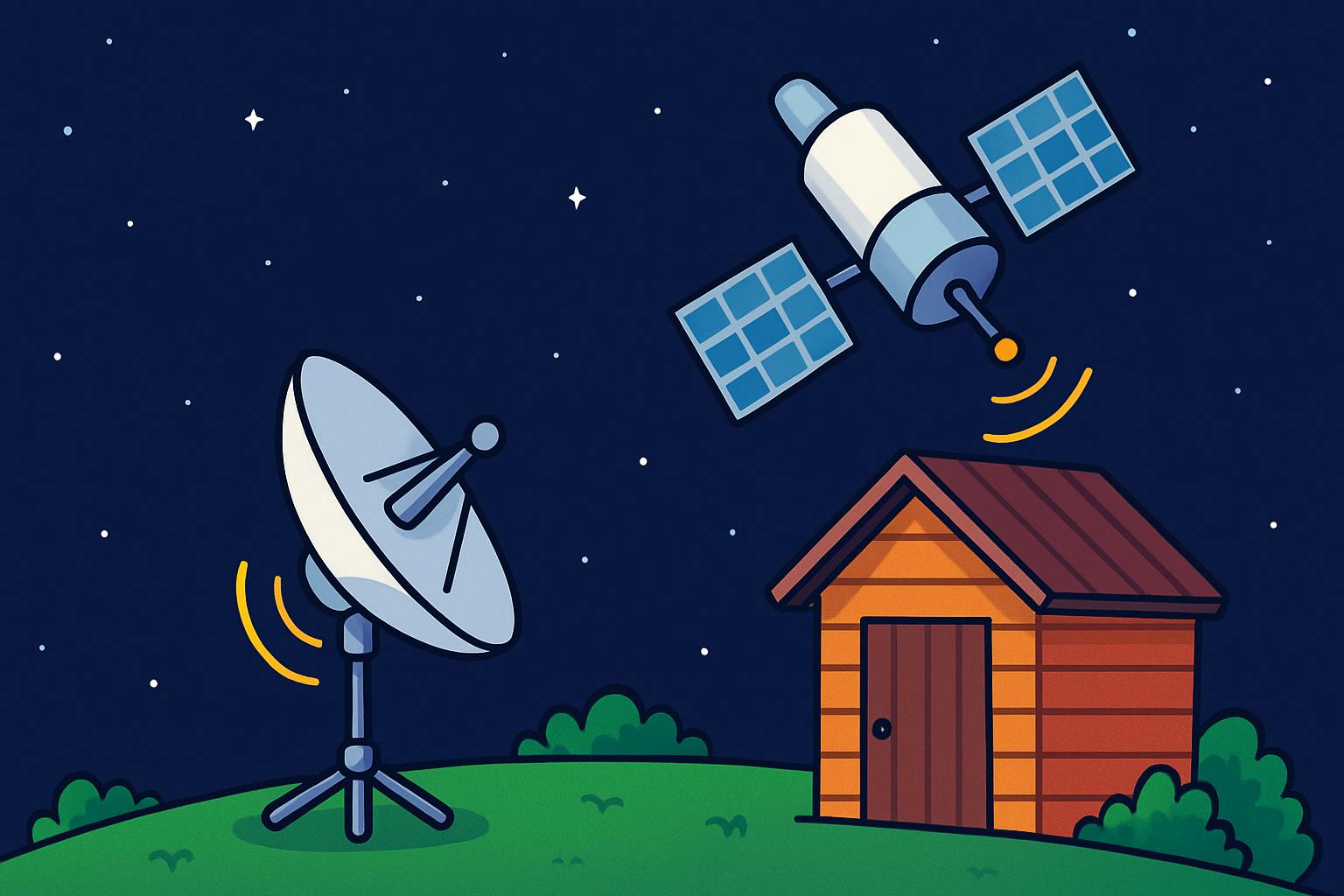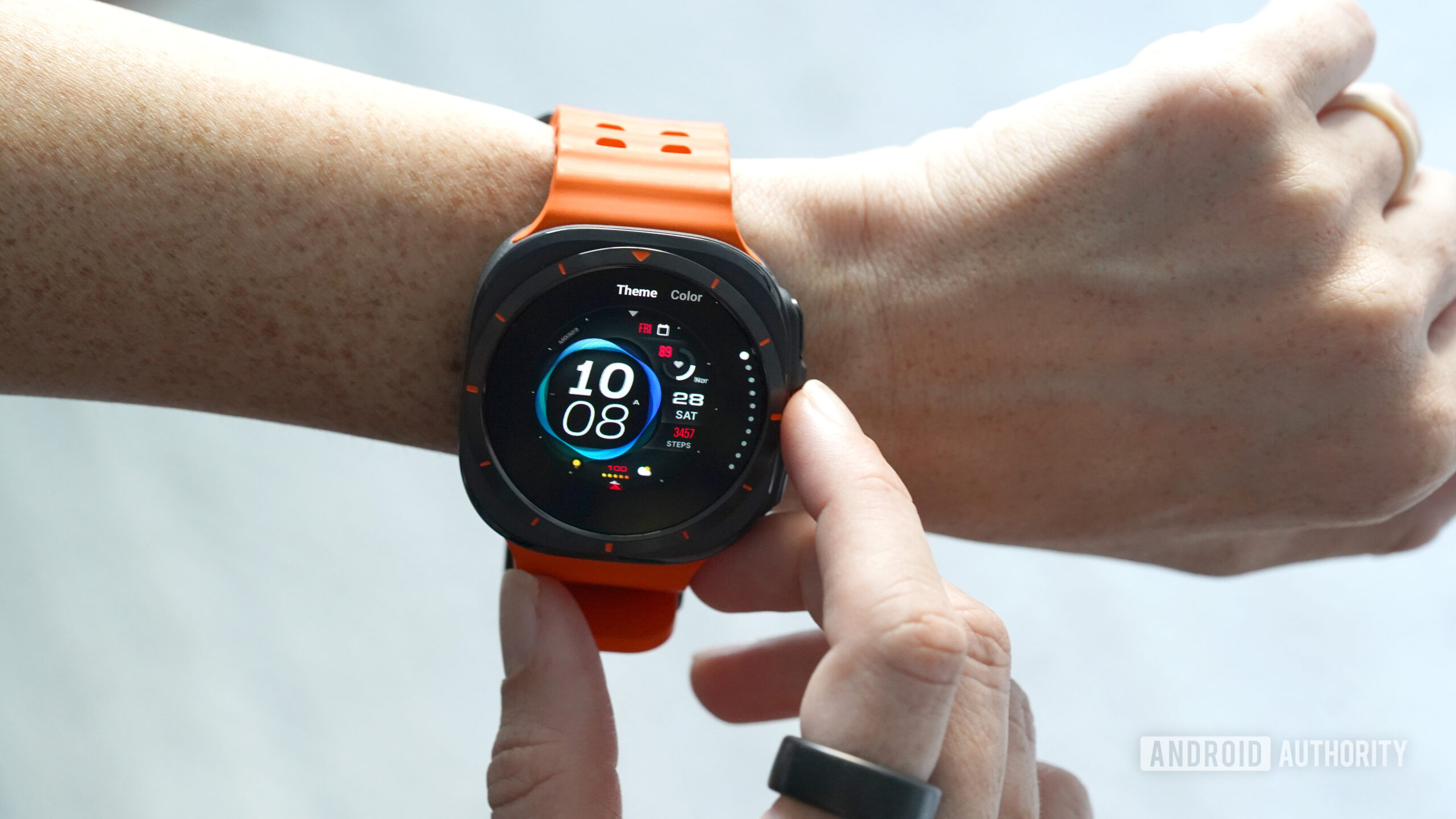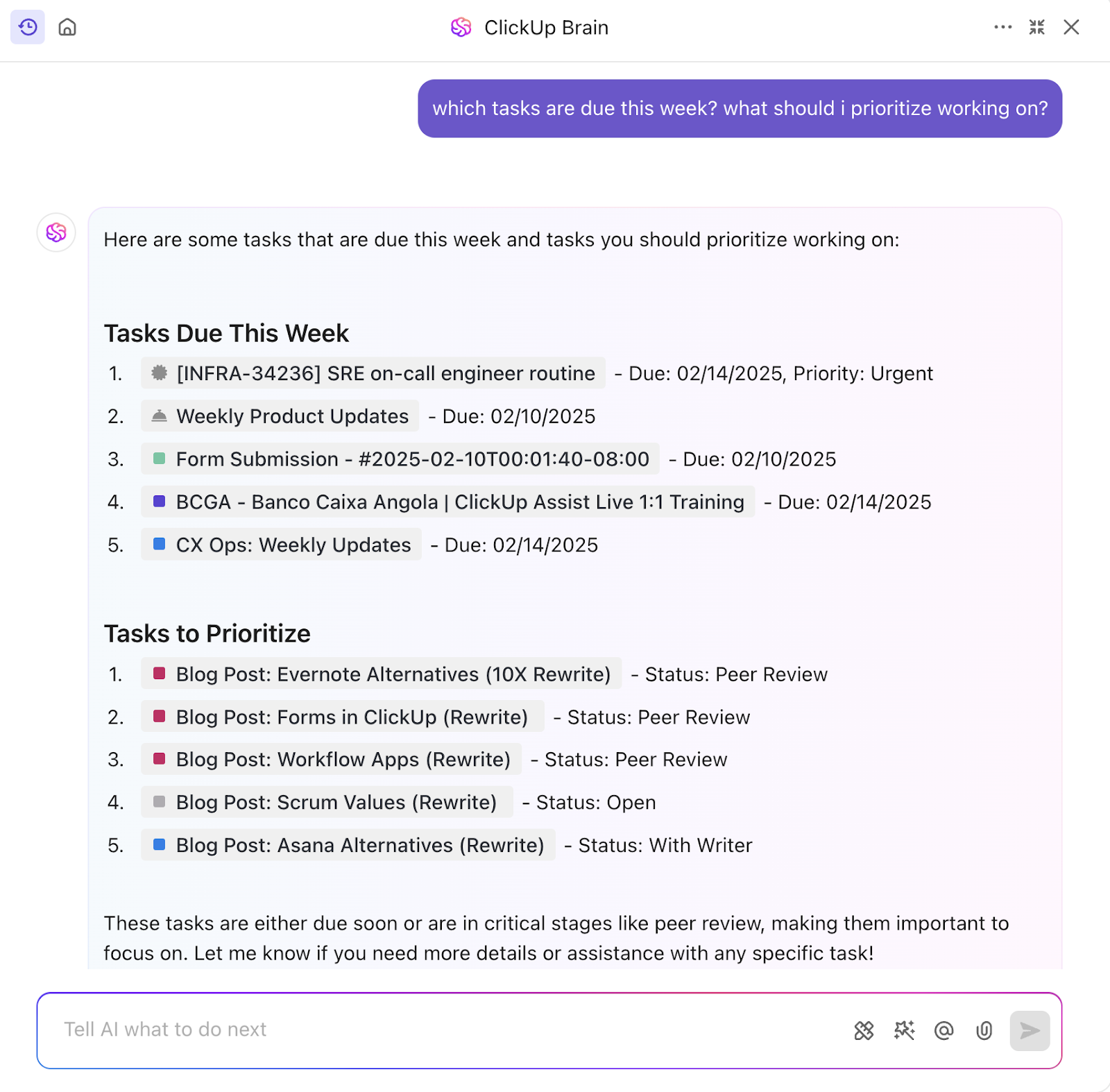So…
About a week ago, I got this craaazyyy idea. And I must admit, it was really fascinating to me at the time.
And for those who know me, I’ve got the mind of a child, so of course I’m going to give in to my fantasies. So, as you can imagine, I decided to go on an in-depth research journey over my crazy thought.
On my little but fruitful journey, I found out that my crazy fantasy was actually possible, and not only that, but it also exists already (sort of). I also found some other interesting new things as well.
Do you want to hear all about it?
Alright, lean in.
But first…
Check out my previous post if you haven’t: https://hackernoon.com/cosmic-depin-how-spacebased-decentralized-networks-will-redefine-connectivity
(The Killer Idea):
A Spaceport…(wait for it) In Your Backyard Shed?
Okay, okay, I know how this sounds, kinda crazy right?
Alright, PICTURE THIS-: It’s 2 AM. Somewhere above your sleeping neighborhood, a Nike shoebox-sized satellite is orbiting Earth at 28,000 kilometers per hour. It’s quietly zapping encrypted packets of weather data, IoT sensor logs, and maybe even chunks of decentralized storage shards back down to Earth…
And guess who’s listening?
Not NASA. Not some multi-billion-dollar telecom giant with a secret bunker of satellite dishes in the desert. Nope — it’s you, and technically, that thrift-store parabolic dish you bolted to your shed last weekend. Next to it: a Raspberry Pi humming away in a Tupperware box, a cheap SDR ‘dongle-thingy’ sticking out of it like a cyberpunk antenna.
And there you have it, your humble “backyard ground station” grabs the satellite’s data, runs it through little AI routines, decides which packets go where, and then forwards them into a decentralized mesh. For every byte, you catch and process? Microcrypto trickles into your wallet.
The Problem: Satellites Need a Friendly Face on Earth
Here’s a dirty little secret about the “space revolution.”
You know how people brag about how easy it’s gotten to launch a satellite? They’re not wrong. Thanks to CubeSats, rideshares, and Elon’s reusable rockets, launching a toaster with antennas into orbit is now cheaper than ever.
But here’s the catch:
Launching a satellite is the easy part.
Keeping it ALIVE is manageable.
But getting its data back to Earth? Well, that’s the kicker.
Satellites don’t have infinite power or giant transmitters. Their tiny radios whisper down to Earth — and someone needs to be listening. Right now, that “someone” is usually:
- A big company with massive ground stations and contracts that charge by the megabyte.
- Government-controlled arrays with strict rules and usage fees.
- A handful of private networks that you can’t just walk in and rent for a side project.
If you’re building an open-source satellite for weather monitoring, IoT, or crypto broadcast, you’re still at the mercy of centralized downlink points.
In other words, we keep decentralizing the sky, but we forget that the ground still has gatekeepers.
The DePIN Solution: People-Powered Ground Stations
Enter DePIN: Decentralized Physical Infrastructure Networks — the idea that real-world hardware can be owned and operated by people, not just corporations.
Don’t look lost, you’ve probably seen it already:
- Helium letting people run WiFi and LoRaWAN hotspots and earn tokens for sharing bandwidth.
- Filecoin paying folks to rent out hard drive space.
- Akash and Render tokenizing decentralized computing power.
So here’s the crazy twist: What if you could do the same thing for the invisible bridge between orbit and your laptop?
How It Should Work: Backyard Dishes Meets and Weds AI Brains
First, the hardware. A modern DIY ground station is a lot less intimidating than you’d think. Hobbyists around the world already run thousands of them. The main components are:
- A directional antenna — parabolic dish, helical, or yagi, depending on frequency.
- A software-defined radio (SDR) — think of it as a USB radio receiver for hacking signals.
- A single-board computer — Raspberry Pi, Jetson Nano, or anything small, cheap, and energy-efficient.
- Optional: a small GPU or server if you want to run local AI inference.
When your satellite passes overhead:
- Your antenna picks up its whisper of a signal.
- The SDR converts it to digital.
- Your Pi decodes it — using open-source tools like GNURadio.
- An AI module optimizes what to do with the data:
- Filter noise.
- Predict orbital passes.
- Compress payloads.
- Encrypts and signs it.
- Route it to the best next node (mesh, cloud, or storage network).
The best part? Every step can be monetized:
- Operators can stake tokens to participate (prevents spam).
- Users would pay tiny fees to send or receive individual packets.
- The smart contract distributes rewards to everyone in the chain.
- And etceterar
But why Use AI though?
Good question. Why don’t we just relay the raw signal like that?
Well for starters, because space is chaotic, and so is the radio spectrum.
Signals fade in and out, satellites race overhead in short windows, and interference lurks everywhere from your neighbor’s microwave to random cosmic noise. A dumb ground station just listens and hopes for the best.
A smart, AI-powered ground station, on the other hand? That’s a whole different beast.
It can figure out exactly which satellite is above you at any given moment. It knows when to wake up, what frequency to tune in to, and how to clean up the raw signal for maximum clarity. If the spectrum is crowded, the AI can shift channels on the fly to get a cleaner shot. If packets start to pile up, it can decide how best to route them to avoid a traffic jam. And if some rogue satellite tries to spam the network with junk, the AI flags it, filters it, and keeps your tiny orbital relay honest and efficient.
Basically, the AI module turns your dumb antenna into a smart orbital router.
Real World Inspiration: SatNOGS, Blockstream & Friends
I did say my ‘crazy fantasy’ already existed, didn’t i? Here’s to say im not lying…
SatNOGS is the OG proof. It’s an open-source network of amateur ground stations. Over 2000 hobbyists share their antennas, receivers, and orbital data. Researchers use it for weather sat passes, CubeSat telemetry, and many more.
Blockstream Satellite broadcasts the Bitcoin blockchain from space. Users can run backyard dishes to receive Bitcoin blocks and rebroadcast them locally – a censorship-resistant back channel, literally beamed from orbit.
In private communities, radio enthusiasts have been downlinking weather data, ship locations, flight info, and satellite images for decades.
The DIY Starter Kit (with help from ChatGPT)
Alright, dreaming is nice — but what does your shed actually need? Here’s a starter shoppable kit:
✅ A good antenna. Helical or yagi for LEO satellites. Dish for higher frequency (S-band, X-band). Size depends on what you want to catch.
✅ An SDR dongle-thingy. Popular choices: RTL-SDR for cheap basics, HackRF for mid-tier, LimeSDR for serious hobbyists.
✅ A computer. Raspberry Pi 4 is the gold standard — but if you want edge AI, you might need a Jetson Nano, Orange Pi, or an old laptop with a decent GPU.
✅ Software stack. GNURadio, SatNOGS client, custom scripts, open-source AI models.
✅ Weatherproofing. Unless you want your Pi to drown mid-monsoon. Plenty of hobbyists use food storage boxes, old ammo cans, or custom 3D-printed cases.
✅ Optional upgrades. Motorized rotator to track satellites automatically. Solar panels for off-grid ops. Extra storage for local caching.
How Do You Earn?
So you built your DIY mini-spaceport. How does the passive income flow in?
- Staking: Lock up tokens to join the network, which acts like a security deposit.
- Relaying: Every byte your node handles — upload, downlink, verification — earns micro-fees.
- Compute: Run edge compute tasks for satellite data, like image classification, weather pattern detection, or blockchain validation.
- Storage: Cache encrypted data that can’t immediately route, acting like a micro-buffer node.
- Governance: Vote on protocol changes — from payout splits to network upgrades.
When I list it out like this, It’s sort of like Helium’s hotspot model.
Who Benefits From This?
The appeal goes beyond crypto nerds with spare Pis. Other sectors of people could also be feel it’s positive impact one way or the other.
- Rural communities-: Where Big Telcos don’t bother laying fiber — backyard ground stations could bridge the gap. Neighbors pool dishes for local connectivity, funded by DePIN tokens.
- Small satellite startups-: Pay less for relay fees than if they used big corporate ground stations.
- Researchers-: Open weather data, astronomy, climate monitoring — no proprietary gatekeeping.
- Developing nations-: Pop-up networks for disaster zones or underserved regions. No bribing the local ISP mafia.
- You(obviously)-: Because your shed just became a tiny link in the global spacetech backbone — and earns you beer money while you sleep.
The ‘Minor‘ Setback
Okay, let’s be real for a second.
This isn’t a push-button goldmine.
Your passive income won’t buy you a Lambo tomorrow. But:
- Hardware isn’t free. Expect a few hundred bucks upfront.
- Radio licenses may apply, depending on your country.
- Interference is real: WiFi routers, old TVs, your neighbor’s microwave… they all love to mess up your signal.
- Weather happens. Sleet is not your antenna’s friend.
- Then there’s also the thing about ✨maintenance✨. You’ll spend weekends swapping cables and watching logs.
Still — just take like a hobby(kind of) that teaches you radio, AI, networking, blockchain, orbital mechanics, and governance all in one shot. And it actually pays you to learn. (An upgrade from your regular Coursera classes).
Security & Trust
Of course, anytime you let anyone, anywhere, plug into a decentralized network, you’re bound to wonder: what’s to stop someone from faking data, spoofing signals, or hijacking your shiny new spaceport for mischief?
The answer is a blend of smart incentives and tight cryptography. First off, every operator has skin in the game — you stake tokens to join the network, which means if you try anything shady, you risk losing your bond. Reputation matters when every misstep dents your rewards.
To keep the actual data safe, zero-knowledge proofs come into play. They allow nodes to prove they did their job correctly — relaying, storing, verifying — without ever exposing what’s inside the packets. Meanwhile, strong encryption ensures your little Pi-powered ground station can’t peek at the contents even if it wanted to.
And because this whole ecosystem thrives on transparency, the software itself is open-source. Anyone can audit the code, peer-review improvements, or run bug bounties to sniff out vulnerabilities before the bad guys do. It’s a trust layer built on math, open collaboration, and good old-fashioned game theory — exactly how a DePIN orbit bridge should be.
…
So, Are you Ready to Host Your Own Tiny Spaceport?
All you need is an antenna, a Pi, a bit of weatherproof tape, and the itch to be part of something cosmic.
The final frontier is above you — but your ground station… well, it’s right there, right next to the lawnmower.
Point it up. Power it on. Join the swarm.
Welcome to the DIY spacetech club.
Not financial advice. Just a crazy thought from a crazy friend.










